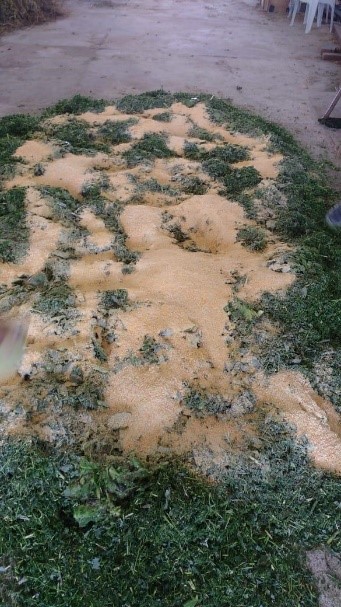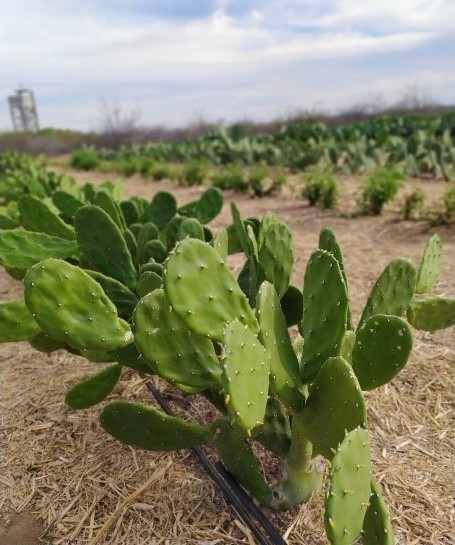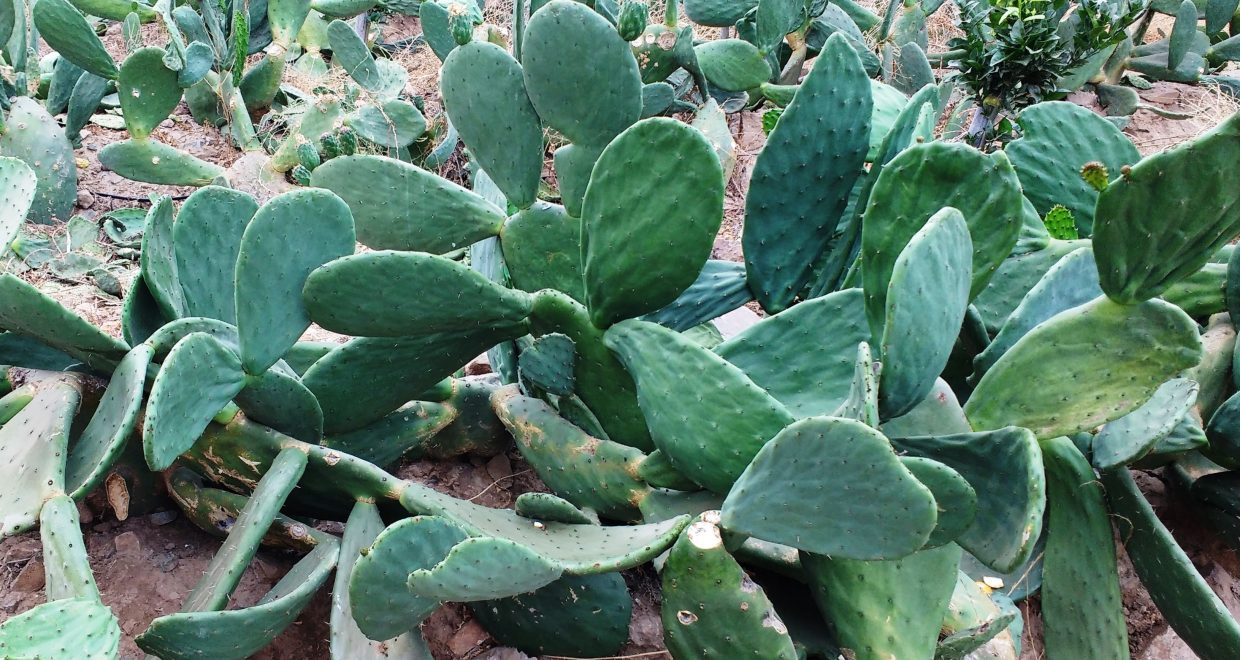Total mixed ration silages based on Cactus and Gliricidia

Silage – basically fermented grass – is used widely as a feed source for animals, preserving the pasture for livestock to eat later in the year when the natural pasture is not good and retaining more nutrients than turning it into hay. Grasses are often ensiled with other crops such as cereals or legumes, which can help improve the energy and crude protein contents and balance. In ruminants, the main advantage of providing mixed feed silage rations is an increase in energy and protein use efficiency by ruminal microbial microorganisms, and thus improving animal performance. In semi-arid regions, cactus is an option for ensiling in addition to using other available food resources. Owing to its adaptations for growth in regions with low rainfall, as well as its low dry matter content, it can also serve as a source of water for the animal.
The fermentation process is highly dependent on the community of associated microorganisms, so the diversity of microbes involved and how it changes during fermentation has been the subject of several investigations. However, the literature regarding the DNA sequencing of cactus silages is scarce, although the cactus is already widely used in animal feed in several parts of the world. The inclusion of cactus contributes to the supply of fermentable substrates for lactic acid bacteria within the silage, which ensures its preservation.

The cactus, besides being rich in water and non-fibrous carbohydrates, has high concentrations of pectin. This provides high fermentation rates and hence a quick release of soluble sugars, which are in turn used efficiently by microbial groups, especially lactic acid bacteria. Analysis of the results from the aerobic stability evaluation in our study showed that the cactus, when added to complete diets, fulfilled its function of triggering the lactic and acetic fermentation, thus reflecting a better fermentative pattern. Similarly, the acetic acid produced during fermentation played an important role in ensuring aerobic stability in silages.

All silages presented similar results for the propagation of lactic acid bacteria. In general, the silo environment itself is a limiting factor for the growth of certain microorganisms, which can be explained by changes in the internal conditions. An interesting characteristic for silages that include cactus is the concentration of acetic acid, favouring the growth of heterofermentative lactic acid bacteria by the slow decline in silage pH due to the presence of buffering substances, such as oxalic, malic, citric, malonic, succinic and tartaric acid resulting from crassulacean acid metabolism. Studies should be conducted to explore the potential of these microorganisms; investigating the taxonomy of microbial groups can add value to the understanding of the ensiling process.

Our investigation identified important taxonomic groups that definitively contributed to an adequate fermentation process and which guaranteed silage stability when exposed to air.
Thus, the use of silages from various plant species allows cattle breeders to increase production and optimize land use, with the surplus of this production contributing to feeding the herd during the dry period, using low cost technology and easy access for the livestock.
The paper, Fermentation profile, microbial populations, taxonomic diversity and aerobic stability of total mixed ration silages based on Cactus and Gliricidia, published in The Journal of Agricultural Science is freely available until the end of November 2020.






